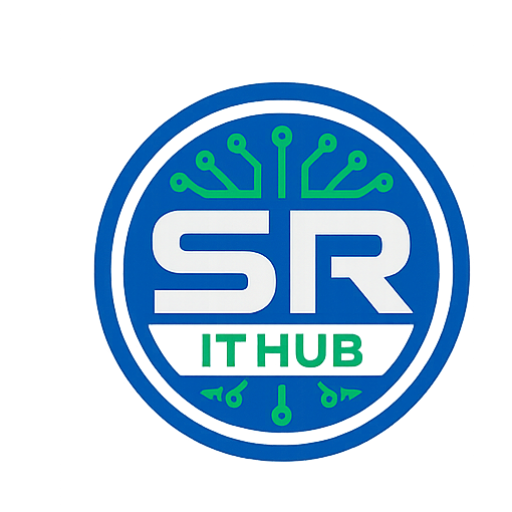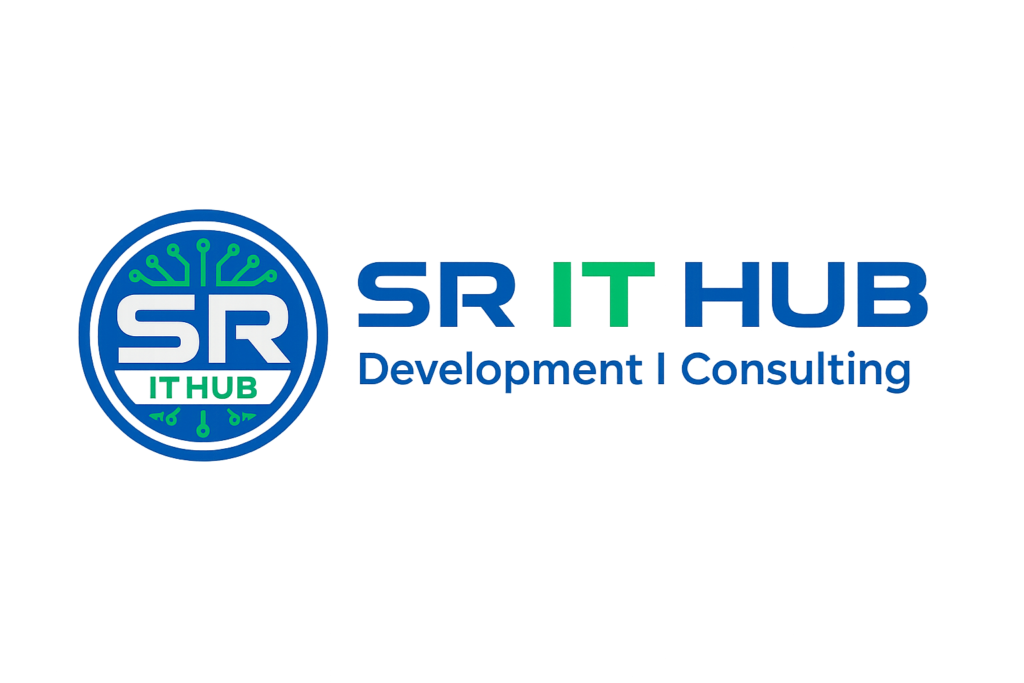ABSTRACT
Most of the existing music recommendation systems use collaborative or content based recommendation engines. However, the music choice of a user is not only dependent to the historical preferences or music contents. But also dependent to the mood of that user. This paper proposes an emotion based music recommendation framework that learns the emotion of a user from the signals obtained via wearable physiological sensors. In particular, the emotion of a user is classified by a wearable computing device which is integrated with a galvanic skin response (GSR) and photo plethysmography (PPG) physiological sensors. This emotion information is feed to any collaborative or content based recommendation engine as a supplementary data. Thus, existing recommendation engine performances can be increased using these data. Therefore, in this paper emotion recognition problem is considered as arousal and valence prediction from multi-channel physiological signals. Experimental results are obtained on 32 subjects’ GSR and PPG signal data with/out feature fusion using decision tree, random forest, support vector machine and k-nearest neighbors algorithms. The results of comprehensive experiments on real data confirm the accuracy of the proposed emotion classification system that can be integrated to any recommendation engine.
EXISTING SYSTEM:
Up to now, most of the research on PDS has focused on how to enforce user privacy preferences and how to secure data when stored into the PDS. In contrast, the key issue of helping users to specify their privacy preferences on PDS data has not been so far deeply investigated. This is a fundamental issue since average PDS users are not skilled enough to understand how to translate their privacy requirements into a set of privacy preferences. As several studies have shown, average users might have difficulties in properly setting potentially complex privacy preferences.
DISADVANTAGES OF EXISTING SYSTEM:
Personal data we are digitally producing are scattered in different online systems managed by different providers (e.g., online social media, hospitals, banks, airlines, etc). In this way, on the one hand users are losing control on their data, whose protection is under the responsibility of the data provider, and, on the other, they cannot fully exploit their data, since each provider keeps a separate view of them.
PROPOSED SYSTEM:
Personal Data Storage (PDS) has inaugurated a substantial change to the way people can store and control their personal data, by moving from a service-centric to a user-centric model. PDSs enable individuals to collect into a single logical vault personal information they are producing. Such data can then be connected and exploited by proper analytical tools, as well as shared with third parties under the control of end users.
SYSTEM REQUIREMENTS
SOFTWARE REQUIREMENTS:
• Programming Language : Python
• Font End Technologies : TKInter/Web(HTML,CSS,JS)
• IDE : Jupyter/Spyder/VS Code
• Operating System : Windows 08/10
HARDWARE REQUIREMENTS:
Processor : Core I3
RAM Capacity : 2 GB
Hard Disk : 250 GB
Monitor : 15″ Color
Mouse : 2 or 3 Button Mouse
Key Board : Windows 08/10

